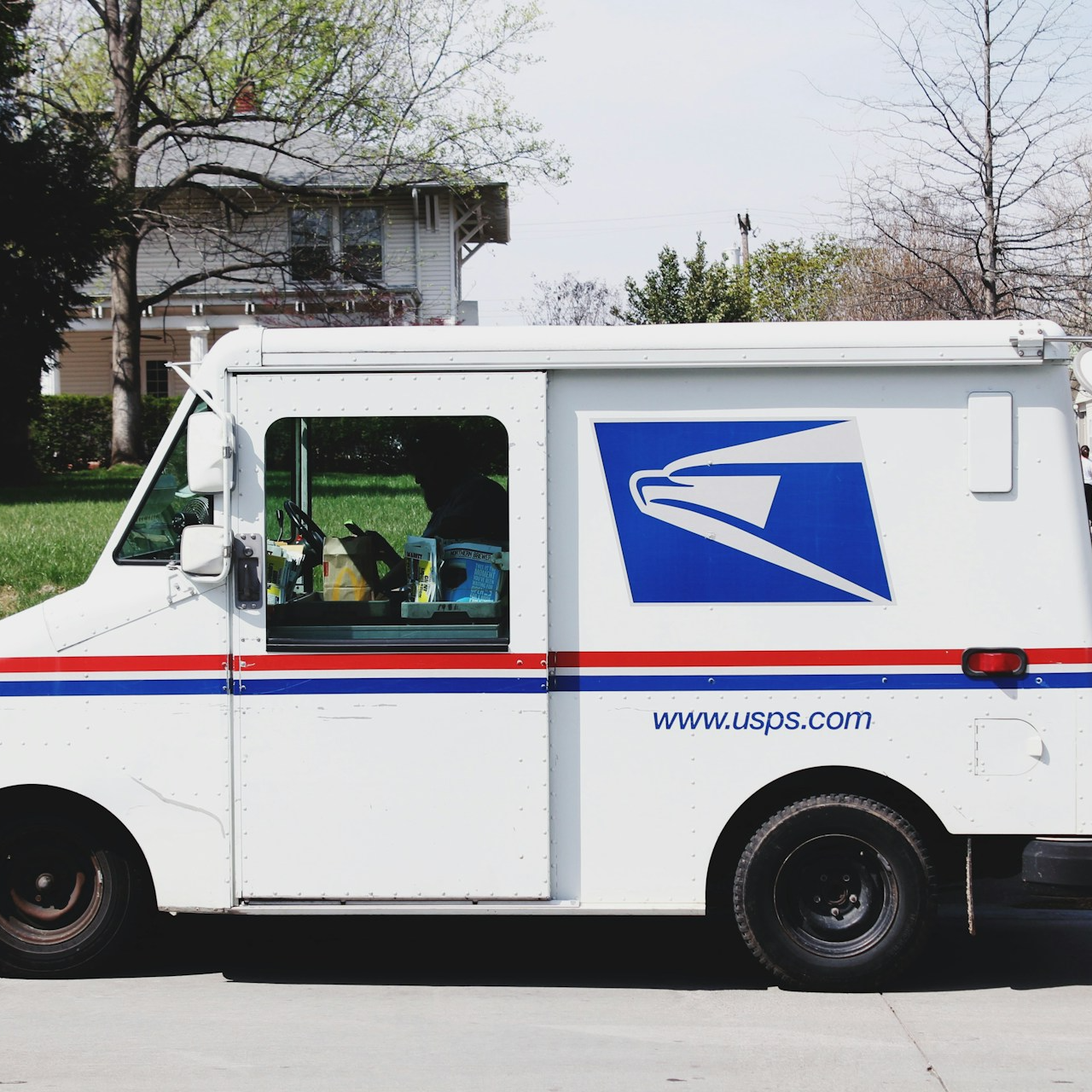Key Takeaways
-
Enrolling in Medicare Advantage while maintaining PSHB coverage can create confusion, limited access to certain benefits, and unexpected costs.
-
If you’re Medicare-eligible and under PSHB, choosing Original Medicare with Part B often integrates more smoothly with your federal benefits than Medicare Advantage.
Understanding the Basics Before You Combine
The Postal Service Health Benefits (PSHB) Program, fully implemented in 2025, marks a shift from FEHB and now includes distinct requirements for Medicare coordination. If you’re 65 or older and enrolled in Medicare, your decision to opt for Medicare Advantage—or not—carries consequences that affect your coverage, cost, and care access.
Let’s start with a quick refresher:
-
PSHB: This is your government-sponsored health insurance program as a postal worker or retiree. It’s available to eligible USPS employees and annuitants.
-
Medicare Advantage (Part C): A private Medicare option that replaces Original Medicare and may offer extra benefits but operates under its own network rules.
-
Original Medicare: Composed of Part A (hospital) and Part B (medical), this government-managed plan pairs more predictably with PSHB.
The overlap of these systems doesn’t always result in better care or lower costs. In fact, mixing Medicare Advantage with PSHB can create friction.
Why PSHB and Medicare Advantage Don’t Always Sync
You might assume that more coverage equals better care. But if you enroll in a Medicare Advantage plan while keeping PSHB, you risk:
-
Losing coordination of benefits: Medicare Advantage plans manage your care independently. PSHB may no longer pay secondary to it the way it would with Original Medicare.
-
Network conflicts: PSHB typically offers national coverage. Medicare Advantage plans may limit you to local or regional networks, reducing access when you travel or relocate.
-
Prescription drug overlap: PSHB plans already include prescription coverage. Enrolling in Medicare Advantage may force you to opt out of the integrated Medicare Part D drug coverage provided by PSHB’s EGWP.
-
No premium savings from PSHB: Even if a Medicare Advantage plan appears low-cost, you’ll still pay your full PSHB premium. There’s no offset or reimbursement.
These issues become especially relevant in 2025 because Medicare-eligible PSHB members must now enroll in Medicare Part B unless exempted. But this doesn’t mean you must—or should—sign up for Medicare Advantage.
What Happens to Your PSHB Coverage If You Choose Medicare Advantage
The PSHB Program is designed to work best with Original Medicare. If you enroll in a Medicare Advantage plan instead:
-
Your PSHB plan may no longer coordinate benefits, meaning it doesn’t act as secondary insurance.
-
You could face duplicate or conflicting coverage, especially for services like dental or vision that both plans may offer differently.
-
Certain PSHB benefits that depend on Medicare Part B enrollment—such as waived deductibles or lower copays—may not apply.
In 2025, PSHB plans that integrate with Medicare Part B can offer:
-
Lower out-of-pocket costs
-
No additional PSHB deductible after Medicare pays
-
Access to nationwide providers
None of these apply if Medicare Advantage is managing your care.
PSHB Prescription Coverage and the Medicare Advantage Dilemma
One of the major concerns in 2025 is drug coverage. Medicare-eligible annuitants automatically receive prescription drug benefits through a Part D EGWP embedded in their PSHB plan. This includes:
-
A $2,000 out-of-pocket cap for prescriptions
-
A $35 insulin cap
-
Coverage continuity across pharmacies
If you sign up for Medicare Advantage with Part D included, you are forced to opt out of the PSHB drug coverage. That’s a one-way decision—you cannot rejoin later unless you qualify for a special enrollment period.
This can have major consequences:
-
You could lose access to your current pharmacy network
-
You might face different drug tier pricing
-
You may no longer qualify for certain PSHB drug subsidies
Exceptions and Timing Rules You Need to Know
As of January 1, 2025, certain retirees and family members are exempt from mandatory Medicare Part B enrollment. You’re exempt if:
-
You retired on or before January 1, 2025 and weren’t enrolled in Part B at that time
-
You live abroad permanently
-
You qualify for care through the VA or Indian Health Services
Everyone else, once reaching age 65, must enroll in Medicare Part B to stay in PSHB. But that’s not a green light to enroll in Medicare Advantage.
You can only switch between Original Medicare and Medicare Advantage during limited windows:
-
Initial Enrollment Period: Begins 3 months before your 65th birthday, ends 3 months after.
-
Annual Enrollment Period: October 15 to December 7 each year.
-
Medicare Advantage Open Enrollment: January 1 to March 31—only for switching back to Original Medicare or to a different Medicare Advantage plan.
Missing these windows can leave you stuck with incompatible coverage for the year.
Medicare Advantage Plans Often Restrict Networks
Another challenge with Medicare Advantage is network limitations. Many Advantage plans only cover you in a specific geographic region or HMO/PPO setup. If you seek care outside your designated area, the plan may deny coverage or charge significantly more.
In contrast, PSHB with Original Medicare gives you nationwide freedom:
-
See any provider who accepts Medicare
-
Avoid referrals or prior authorizations for most services
-
Get seamless coordination of claims between Medicare and PSHB
This makes a difference for retirees who travel frequently, move between states, or live in rural areas where provider networks are thin.
You Still Pay for PSHB—Even If Medicare Advantage Looks Cheaper
If you’re considering Medicare Advantage to cut costs, be cautious. Your PSHB premium doesn’t go away. You continue to pay your:
-
Monthly PSHB premium
-
Medicare Part B premium
And if you choose Medicare Advantage:
-
You may have extra copays or coinsurance depending on the plan structure
-
You lose access to PSHB’s cost-sharing benefits tied to Medicare Part B
-
You might still owe full deductibles under the Advantage plan
Some PSHB plans in 2025 offer Medicare Part B reimbursement or premium credits, but only if you stay with Original Medicare—not Advantage.
Why Staying With Original Medicare Makes More Sense Under PSHB
Here’s why Original Medicare usually coordinates better with PSHB:
-
Automatic secondary coverage: Your PSHB plan picks up costs Medicare doesn’t cover
-
Waived or reduced deductibles: Many PSHB plans waive their in-network deductible if you have Part B
-
More predictable billing: Providers bill Medicare first, then PSHB
-
Access to full EGWP drug coverage: With the $2,000 cap and lower copays
You avoid the headaches of network limitations, pre-authorizations, and fragmented care.
2025 and Beyond: What to Expect
As PSHB continues to evolve in 2025, its coordination with Medicare will remain essential. The system is structured to reward those who pair Original Medicare with their PSHB plan:
-
Better cost-sharing
-
Broader access to care
-
Full use of integrated prescription drug coverage
There is currently no incentive—financial or otherwise—for keeping PSHB and signing up for Medicare Advantage. In fact, it could increase your out-of-pocket burden without adding real value.
If cost savings are your goal, it’s smarter to explore PSHB plans that offer Medicare integration benefits rather than switching to Medicare Advantage.
Making the Best Decision for Your Retirement Health Coverage
If you’re approaching 65 or already enrolled in Medicare, your choice between Original Medicare and Medicare Advantage isn’t just about added benefits—it’s about how well your coverage works with PSHB.
Trying to layer Medicare Advantage on top of PSHB often leads to duplicated coverage, network limitations, and higher overall costs. On the other hand, enrolling in Medicare Part B and sticking with Original Medicare allows you to make full use of what PSHB was designed to offer.
Still unsure which path to take? Talk to a licensed agent listed on this website for advice tailored to your circumstances and eligibility. It’s your health—and retirement—on the line.










